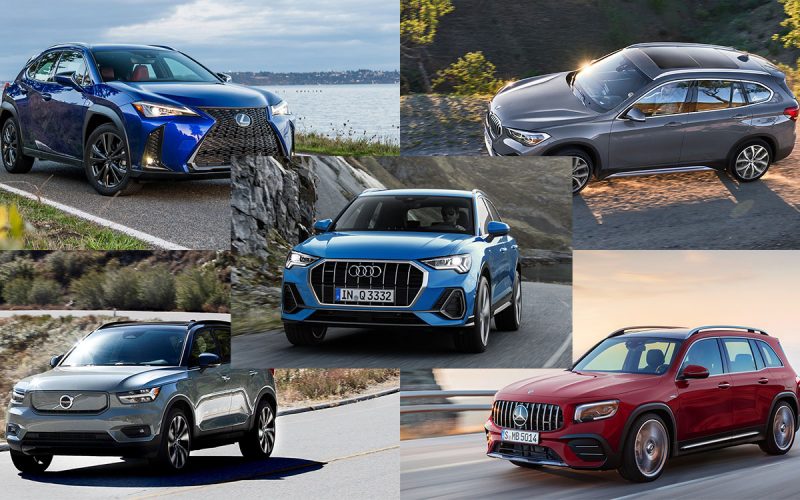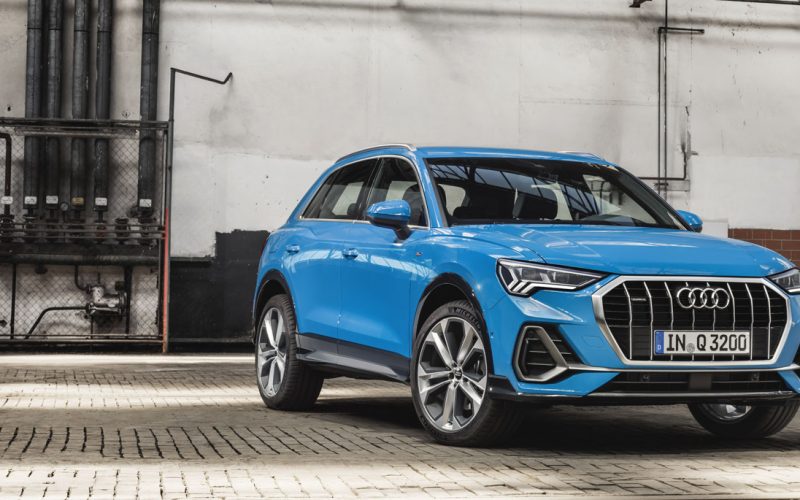
Reading Time: 17 minutesSubcompact crossover SUVs are the new gateway to the luxury market sector, so therefore if a

Reading Time: 11 minutesWhen Audi’s Q3 showed up on the Canadian subcompact luxury SUV scene in 2014 for the
© 2025 The Car Magazine. All Rights Reserved, Privacy Policy | Terms of Use